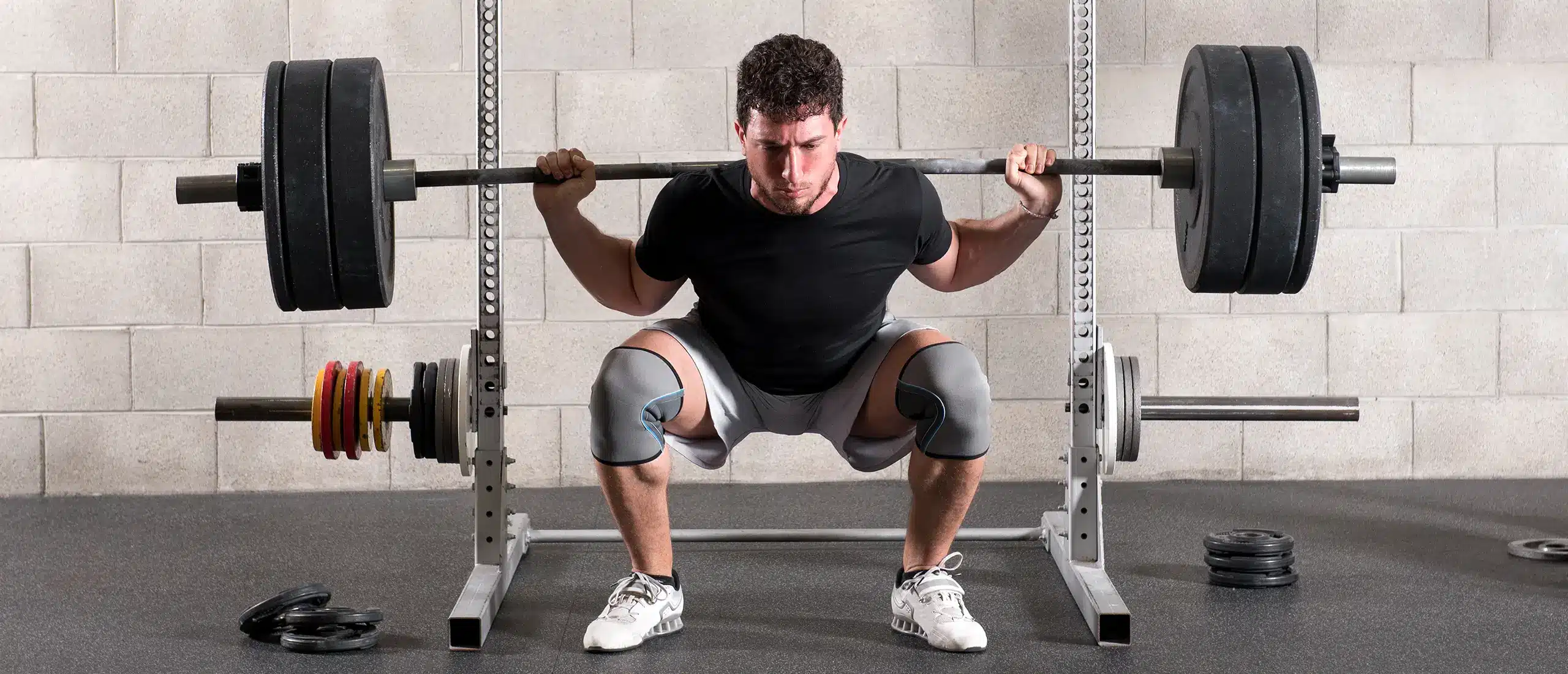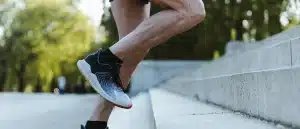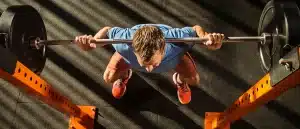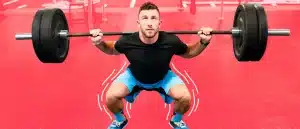Squats Aren’t Bad for Your Knees—as Long as You Do This
Some fitness myths refuse to die. If we could pick just one to bury it’d be that squats are bad for your knees.
“Squats aren’t bad for your knees. Bad squats are bad for your knees,” says Teddy Pantelis, a WNBF pro, natural bodybuilder, and personal training coach. Fair enough.
How to know if your squats are bad? In an AMA with members of the Hone Community, Pantelis gave some tips to help you perfect your form and simultaneously protect and strengthen your knees.
Are Squats Bad for Your Knees?
A common misconception is that when you squat, your anterior cruciate ligament (ACL) takes on tension, making it more susceptible to damage. In reality, the force placed on the ACL decreases the more your knee is bent (1)—exactly what happens as you squat.
But what about squatting under load? It’s true that as you add weight, the force distributed through your knee joint increases (2). However, Pantelis argues when squat form and progressive overload are properly applied this is a good thing.
Just like the muscles engaged during a squat like the quads, glutes, and hamstrings get stronger over time, connective tissue (cartilage, ligaments, and tendons) and bones have the capacity to adapt and get stronger.
Which means as you lift heavier weights over time, your knees actually get stronger. Exactly why squats have been confirmed by exercise scientists as one of the best exercises for strengthening the knees and protecting against knee injuries (3).
How to Squat Properly
For Pantelis, it comes down to a few factors.
Perfect Your Squat Form
Check your form in a mirror. Look from both the side and the front. Make sure your spine is neutral, and that your knees don’t cave in.
Here’s a breakdown of “good” squat form:
- Start with feet shoulder-width apart, and toes pointed slightly out.
- Engage your core and keep your spine neutral as you push your hips back like you’re sitting in a chair. Lower until your hips are parallel to the ground, or as deep as you can without any pain.
- Drive through your heels, flexing your quads and glutes to stand.
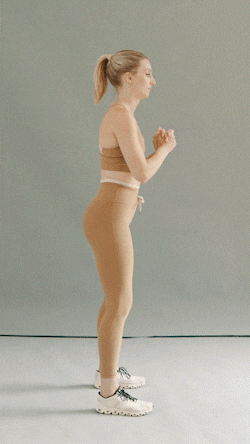
Avoid Knee Valgus
Knee valgus, where the knees cave inward during a squat, is one of the most common form faults that contribute to knee pain.
To fix it, lower your load so you can focus on your form. “Push through your heels, and aim have the knees travel slightly over the toes and up,” he says. To help encourage this movement, try pointing your toes slightly outwards. Or loop a resistance band just above your knees—it’ll help activate your glute medius, the muscle responsible for abducting your knees (or moving them away from the midline of your body).
Start with Bodyweight Squats
“If your knees are bothering you under load, start without load,” Pantelis says. For some, this might mean reducing the weight on the bar, or squatting with body weight only until you build the strength in your knees for more.
Squats still giving you problems? Try an exercise that doesn’t. Belt squats, leg extensions, and split squats with either the front or rear foot elevated are squat alternatives that can help take pressure off the knee, per Pantelis. Or go back to the basics with tibialis raises.
“Every time you have a weak muscle, find an area you are strong and confident and strengthen that area first. Then shift gears towards another movement, and keep progressing over time,” says Pantelis.
Work up to Knees Over Toes
A common misconception is that your knees need to stay behind your toes during a squat. If you have weak knees or problems with knee pain, keeping your knees behind your toes can stave off pain.
However, thanks to Ben Patrick, more commonly known as the “Knees Over Toes Guy”, we know when programmed progressively, training with your knees over toes can strengthen your knees and improve performance. Pantelis agrees. “The long-term goal should be to increase knee strength so that you can train with your knees over your toes,” he says.
Just like you increase the weight you lift during an exercise over time, Pantelis recommends slowly increasing the angle your knees reach beyond your toes. If you do, you can look forward to stronger knees, less knee pain, and better squats.
References
1. Li, G. et al (1999). The importance of quadriceps and hamstring muscle loading on knee kinematics and in-situ forces in the ACL. https://pubmed.ncbi.nlm.nih.gov/10213029/
2. Cotter, J.e t al (2014). Knee Joint Kinetics in Relation to Commonly Prescribed Squat Loads and Depths. https://www.ncbi.nlm.nih.gov/pmc/articles/PMC4064719/
3. Harmann, H. et al (2013). Analysis of the load on the knee joint and vertebral column with changes in squatting depth and weight load. https://pubmed.ncbi.nlm.nih.gov/23821469/



